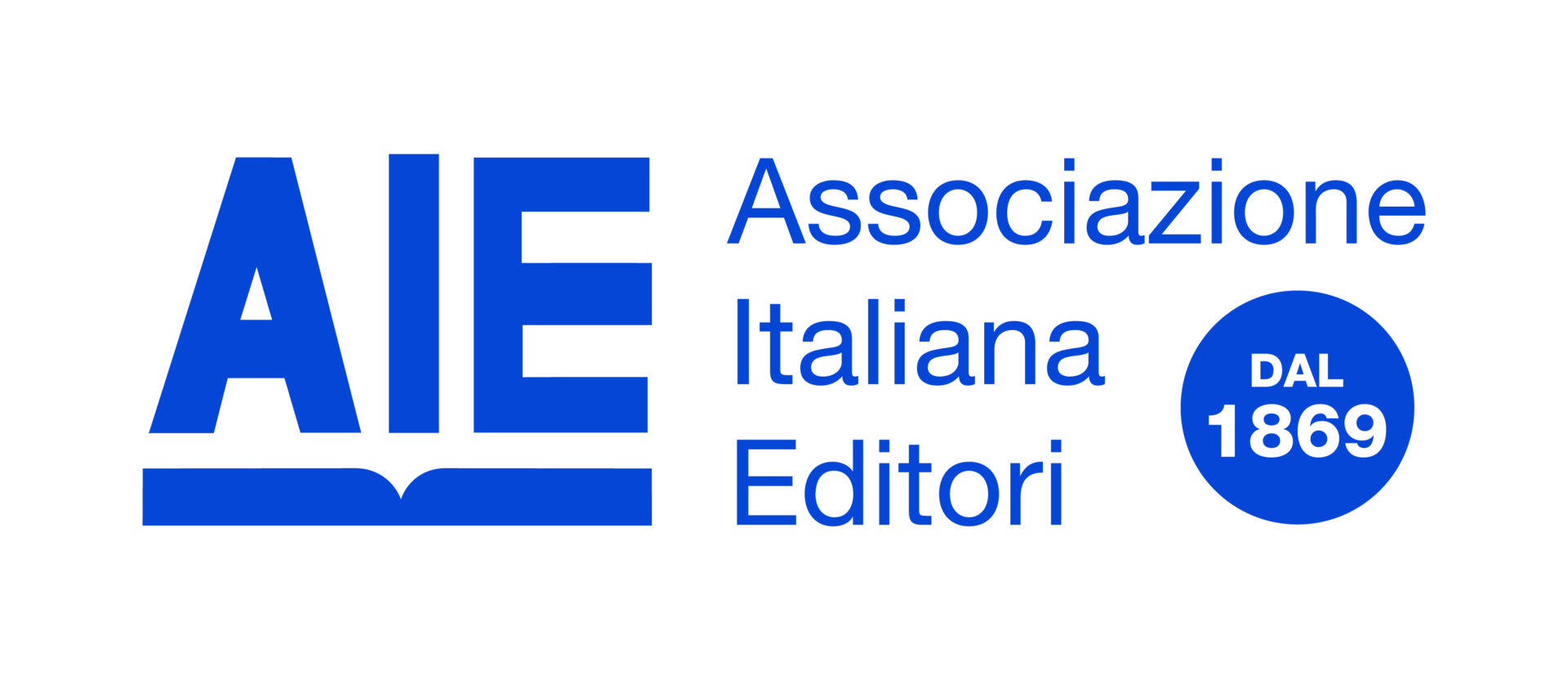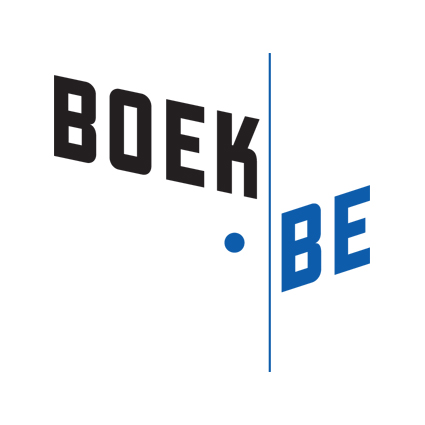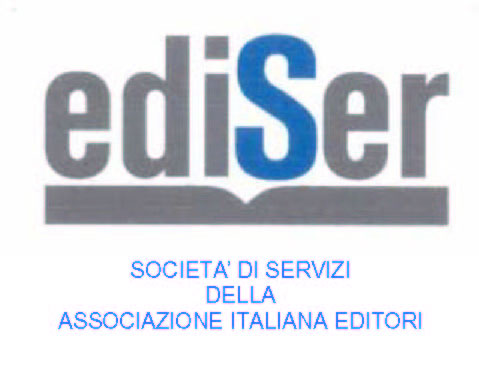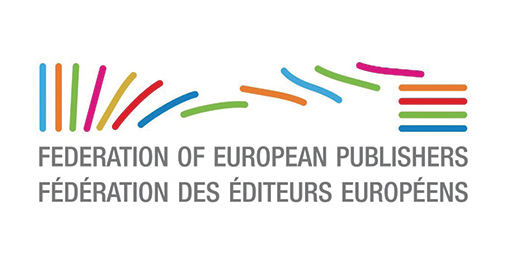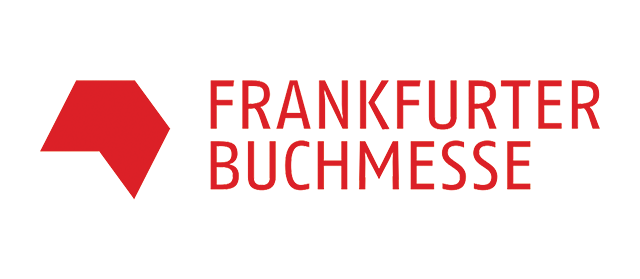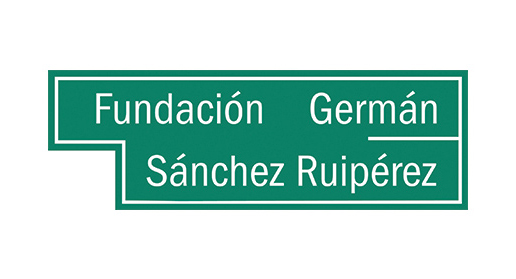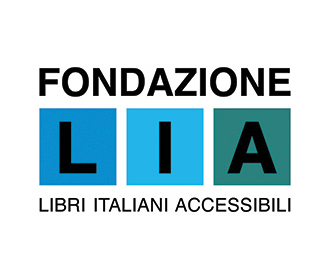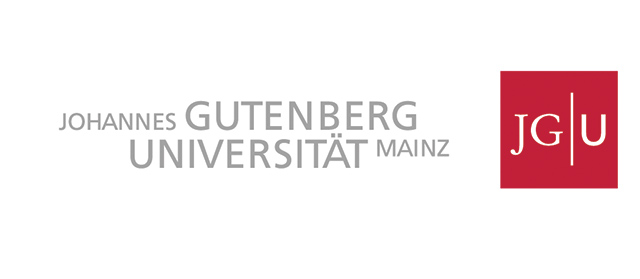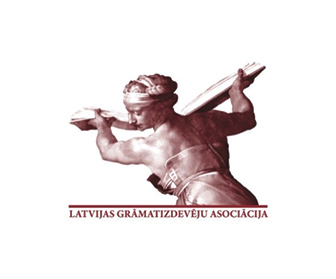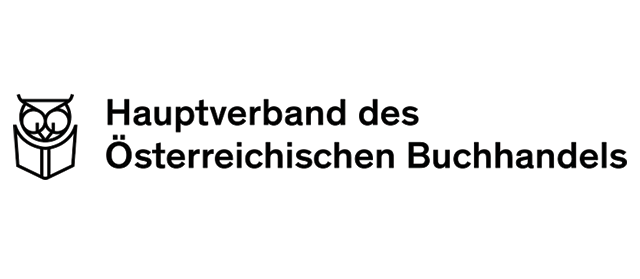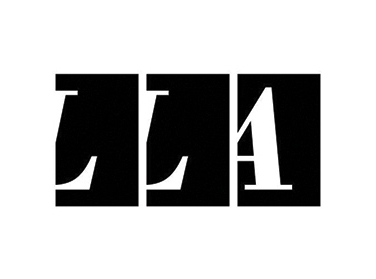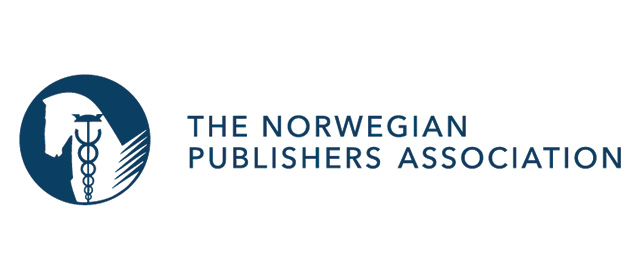Comic books accounted for 10% of the books sold in 2021 in physical and online bookstores and in large-scale retail in Italy. One book in ten in terms of copies, almost 6% of the total volume of the trade market (novels, non-fiction, manuals and children’s books). And the figures for the first four months of 2022 indicate that this trend continues to grow: in the period from January to April comic books represented 12.3% in terms of number of copies and 7% in terms of value.
At the Turin Book Fair, the Italian Publishers’ Association—in collaboration with the Eudicom programme financed by the European Commission through Creative Europe—presented the figures for the comics market in Italy. A mixed market, made up of comic strips, superheroes, graphic novels… and manga: the great driving force in 2021 with its €58.3 million in sales (compared to just over 11 million in 2019).
A “perfect storm” is what Marco Schiavone (Edizioni BD) calls it, reflecting on the reasons for their success: with manga having reached excellent levels in terms of quality and variety and the pandemic, which forced young people to stay home and encouraged them to read and explore stories.
Consumption of manga is also largely a consequence of transmediality, as Renato Franchi (Edizioni Star Comics) points out: “Children discover the story through the animation product, this leads them to manga and then they become involved in its very long seriality.”
But it is also and above all a question of language, of themes, of freedom. “The most contemporary language ever,” Emanuele Di Giorgi (Tunué, head of the Italian Publishers Association comics and graphic novels commission) called it when speaking of comics in general. “The one that has hybridised every type of communication, creating since the start that mixture of text and image that is so familiar to those who are social media and digital natives.”
“Our core is superhero comics, which, being from the heart of the West, are extremely politically correct,” says Sara Mattioli(Panini Comics). “Manga, on the other hand, still benefits from a freedom sought by younger readers. Their language embraces the whole spectrum of sub-genres, reading levels and the complexity of the novel.” Put simply, manga is a kind of new training novel for the younger generation.
The dimensional growth of the comics market is also linked to its spread in bookstores, a sales channel that is emerging alongside the traditional ones of newsstands and comics shops. “We were founded 13 years ago when selling comics in bookstores was a dream, a chimera,” says Caterina Marietti (BAO Publishing). “Comic book publishers are still faced with a cultural barrier that needs breaking down.” The entry into bookstores—with the phenomenon that is also but not only Zerocalcare—has helped a lot, but now the ball is also in the booksellers’ court: “We are asking them for help by organising our books on their shelves in the best possible way, taking into account the differences between graphic novels, manga, children’s products… And perhaps training to help the reader choose.”
How can we continue to cultivate the growth of comics? “By sharing the responsibility of not fixing something that works,” Schiavone suggests, “for example by trying to expand the market with methods that harm the target audience.” “Publishing must follow certain criteria,” agrees Marietti. “By taking good care of debut authors, for example, accompanying them to publication at the right time. And not jumping on the bandwagon of this genre, I speak for other publishers, just because it ‘works’ right now.”
This article was originally published in the digital edition of the Giornale della libreria.
 By
By 



